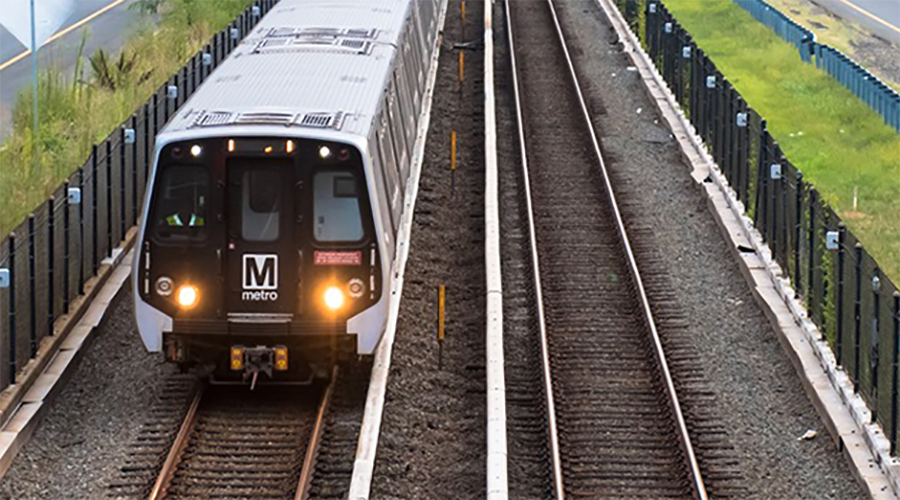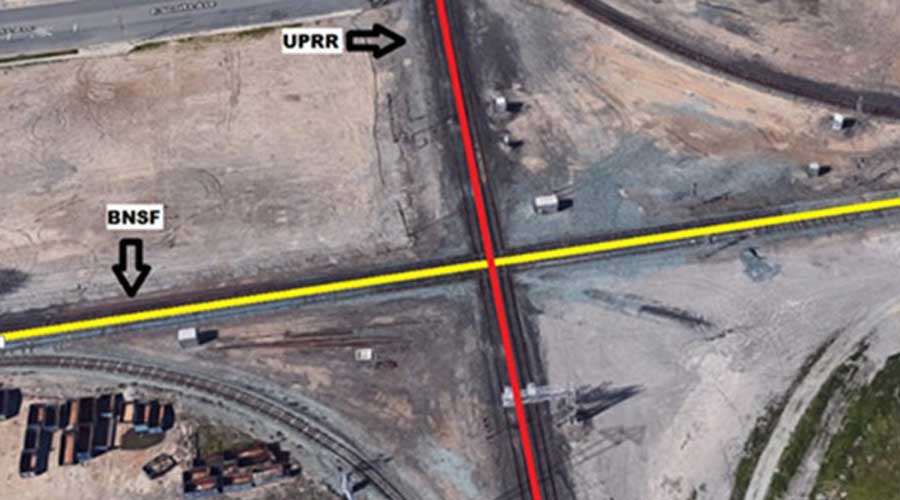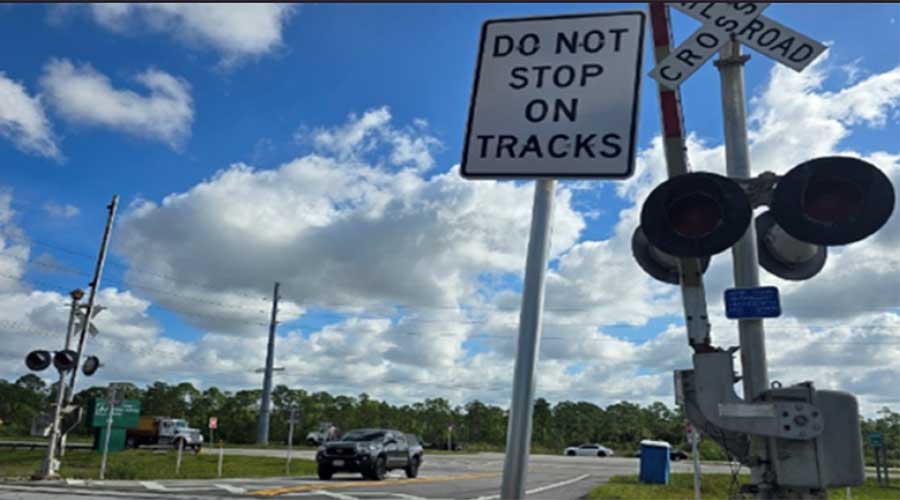Stay updated on news, articles and information for the rail industry
3/26/2014
Rail News: Rail Industry Trends
AAR, TTCI leaders address crude-by-rail safety and competitive switching proposal
Railroads are devoting enormous resources toward enhancing safety and preparing for emergency situations, including those involving crude oil, Transportation Technology Center Inc. (TTCI) President Lisa Stabler said yesterday during her testimony before the U.S. Senate Homeland Security Subcommittee on Emergency Management, Intergovernmental Relations and the District of Columbia.
TTCI is developing a new crude oil emergency response curriculum and training program at its at Security and Emergency Response Training Center (SERTC) in Pueblo, Colo., she said. Classroom and in-field training is designed for emergency responders nationwide and will include three days of programmatic teachings and field exercises focused on crude spill and derailment procedures.
SERTC, which currently trains more than 2,000 emergency responders annually, also has added a general crude oil safety module to its existing courses and is developing a new crude oil emergency response training video, said Stabler. The new training efforts are a direct result of the voluntary measures to increase crude oil safety standards that the rail industry recently agreed to with the U.S. Department of Transportation, she said.
Among additional safety initiatives undertaken by railroads to improve emergency response preparation: a new web-based system set to launch by year's end that will allow emergency responders to input the identification number of a particular rail car and access detailed information about the car’s contents, the railroad’s emergency contact phone number and emergency response information, said Stabler.
“Railroads maintain networks of haz-mat response contractors and environmental consultants, strategically located throughout their service areas, who can handle virtually any air, water, waste or public health issue,” she said “These contractors, who are on call at all times of the day and night, have multiple office and resources storage locations and a vast array of monitoring equipment."
Meanwhile, TTCI's owner — the Association of American Railroads (AAR) — yesterday outlined the arguments it proposed to make at the Surface Transportation Board's (STB) hearing March 25 and 26 on the National Industrial Transportation League's (NITL) competitive switching proposal.
NITL proposes that certain captive shippers located in terminal areas be granted access to a competing railroad if there is a working interchange within a reasonable distance, perhaps 30 miles. The proposal would give a small group of shippers the right to demand that in some cases where one railroad serves their facility, the serving railroad must transfer or “switch” loaded rail cars to competitors, AAR officials said in a press release. In addition to increased operating and infrastructure costs, other impacts of the proposal would include such things such as an increase in the number of locomotives and rail cars needed; increased dwell and delay times; increased fuel usage; reduced network efficiency; and increased risk for employee injury due to additional handling and switching requirements, they said.
“Railroads already voluntarily switch traffic when it makes economic sense for all parties," said AAR President and Chief Executive Officer Ed Hamberger, adding that other existing STB regulations provide various options if a shipper believes its rates are unreasonable.
Under the NITL proposal, the freight-rail industry could lose about 13 percent of its annual net income, essentially ensuring that railroads could not recover all of their fixed costs, which would lead to postponed maintenance, deferred capital upgrades and expansion programs, service quality declines and negative impacts to all shippers, he said.
“Railroads work with their customers and find market-based solutions that serve American businesses all across the country, and help ensure freight rail lives up to its mission to power our economy,” said Hamberger. “This proposal ultimately would serve the interest of a small group of shippers, but have far-reaching and long-term negative impacts on all rail customers."


 2025 MOW Spending Report: Passenger-rail programs
2025 MOW Spending Report: Passenger-rail programs
 Gardner steps down as Amtrak CEO
Gardner steps down as Amtrak CEO
 Guest comment: Oliver Wyman’s David Hunt
Guest comment: Oliver Wyman’s David Hunt
 Women of Influence in Rail eBook
Women of Influence in Rail eBook
 railPrime
railPrime








